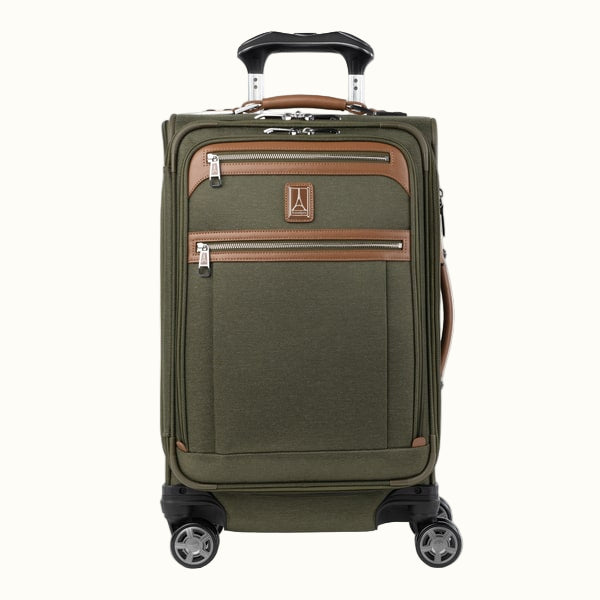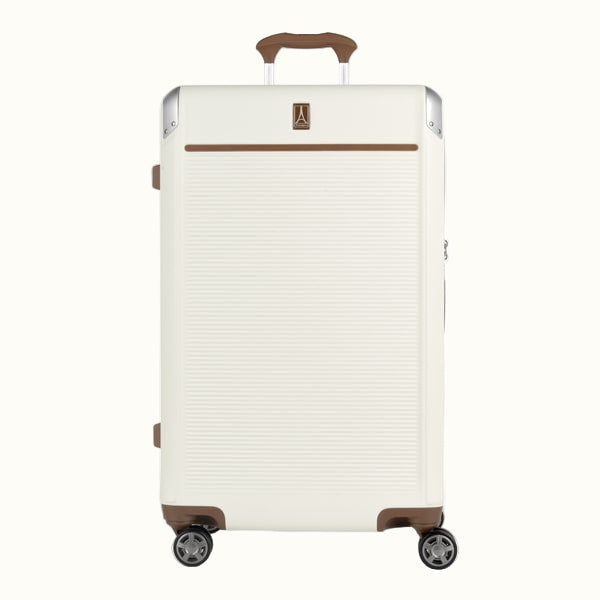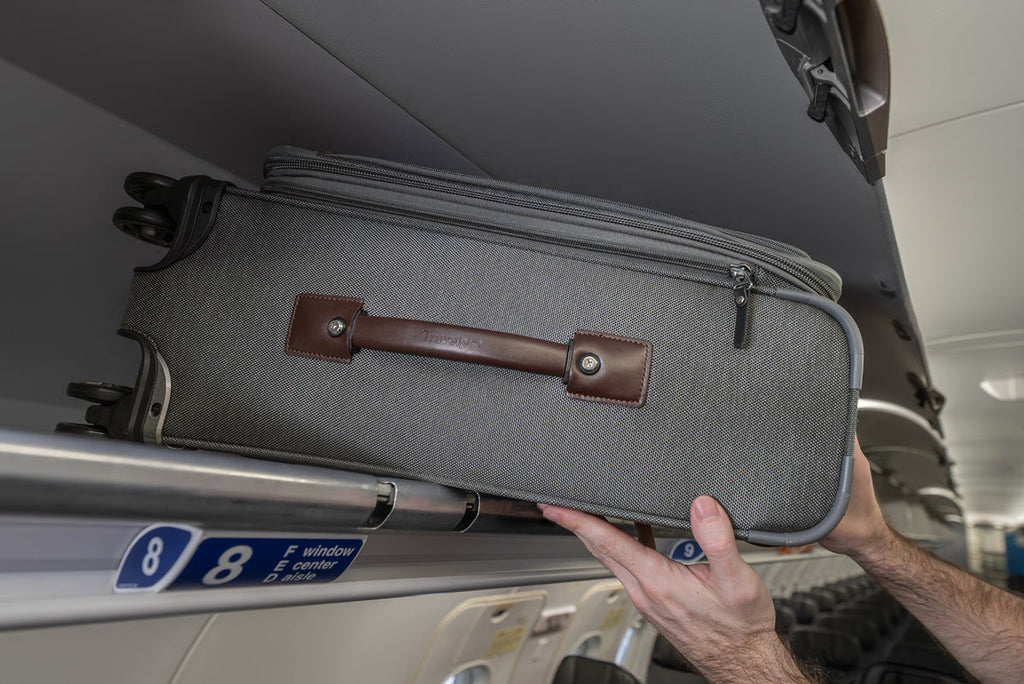Boarding a plane can feel like organized chaos. It may be confusing if you aren’t an experienced traveler. The process goes much more smoothly when you understand how it works, including:
- What You Need to Board
- How Long Will It Take
- Boarding Groups
- Plane Etiquette
- Stowing Carry-on Bags
One of the most important factors is showing up on time. Read more about how early you should get to the airport.
It is possible, however, to be too early for your flight. Many airlines only allow you to check your bag once your flight is 4 to 6 hours away. In that case, you may need to store your luggage until it’s time to check in for your flight.
What Do You Need to Board a Plane?
Be prepared and have your ID handy. To keep the boarding process moving, ensure that you are ready with all of your items when it's your time to board. Those items include:
- Personal Item – This goes under the seat in front of you for easy access to in-flight necessities. Search for the best bag to fit your style.
- Carry-on suitcases – These are stowed in the overhead bin; don’t pack items you need in flight inside your carry-on luggage.
- ID – Keep your ID handy in case you need to show it. This can be your passport, driver’s license, or state-issued ID.
- Boarding Pass – Your boarding pass will be scanned at the gate, which gives you access to board the plane.
- Water and Snacks – Food and drinks should be easily accessible for inflight use. Put them in your personal item.
- Electronics – Keep electronics powered off until the flight attendant tells you it’s safe to use them.
- Wallet or Purse – Make sure your money and important personal items are safe and secure.
Can you Board a Plane Without Your ID?
Yes, you can board a plane without your ID. However, getting through security without your ID is more difficult. Accidents happen, and TSA understands that your ID might be lost, stolen, or otherwise misplaced. If they can verify your identity, then you will be allowed past the security checkpoint. Keeping alternate forms of ID with you (including membership cards or mail with your name and address) will help with this process.
Once you are through TSA, keep your ID handy, but likely, all you will need is your boarding pass as you board the plane. Remember, knowing how to board a plane without ID doesn’t mean you should intentionally try to do so.
How Long Does It Take to Board a Plane
Boarding will take 15 to 45 minutes. Most planes will start boarding 30 to 45 minutes before departure, and the gates close 10 to 15 minutes before departure. However, the exact amount of time it will take to board the plane is influenced by:
- Plane Size – Larger planes may take longer to board due to the number of passengers getting on, but sometimes they have two aisles instead of just one, which makes boarding faster.
- Destination – International flights take a bit longer to board, but it has less to do with the destination than it does with the number of passengers getting on the plane.
International flights sometimes start boarding 60 minutes before take-off to account for the longer boarding time.
Understanding Boarding Groups
Boarding groups are the order in which you will board the plane. Your boarding pass will have your assigned group number. If you need help finding this, just ask the gate agent to help you.
What Determines Boarding Groups?
Your boarding group is determined by your ticket class, seat location, and loyalty status. People who paid extra for priority boarding and premium seats will be in the earlier groups.
Those with first-class tickets get to board early, along with active military and anyone who needs more time, like families with small children. After that, boarding groups are called in numerical order. Airlines are constantly tweaking the boarding process as they strive for the most efficient process possible.
Boarding & Plane Etiquette
Your behavior while boarding and on your flight can make or break your trip–and impact the rest of the passengers on your flight. Delaying the boarding process or being disruptive onboard can get you in trouble with the airline and TSA. To eliminate issues:
- Be on time: Arrive at the gate early to board when your group is called.
- Have your documents ready: Keep your boarding pass and ID in hand when boarding.
- Respect the boarding order: Line up to board only when your group is called. Trying to jump the line delays everyone.
- Be mindful of space: Store your carry-on luggage in the overhead bin above your seat, and keep your personal items under the seat in front of you. Avoid bringing extra bags and spring for a larger carry-on if needed. Find the perfect carry-on (that meets airline regulations).
- Be patient. Everyone will eventually board the plane.
Once you’re in your seat, buckle your seat belt and be mindful of the flight attendants’ instructions. Then, enjoy your flight
Boarding an airplane can seem confusing at first, but there is a system that helps things move along relatively smoothly. You can do your part by knowing the process and being patient. Checking your bag, if available, can help reduce boarding time, as you won't need to stow anything in the overhead bin. Find a durable duffel bag that can be checked through to your final destination.





